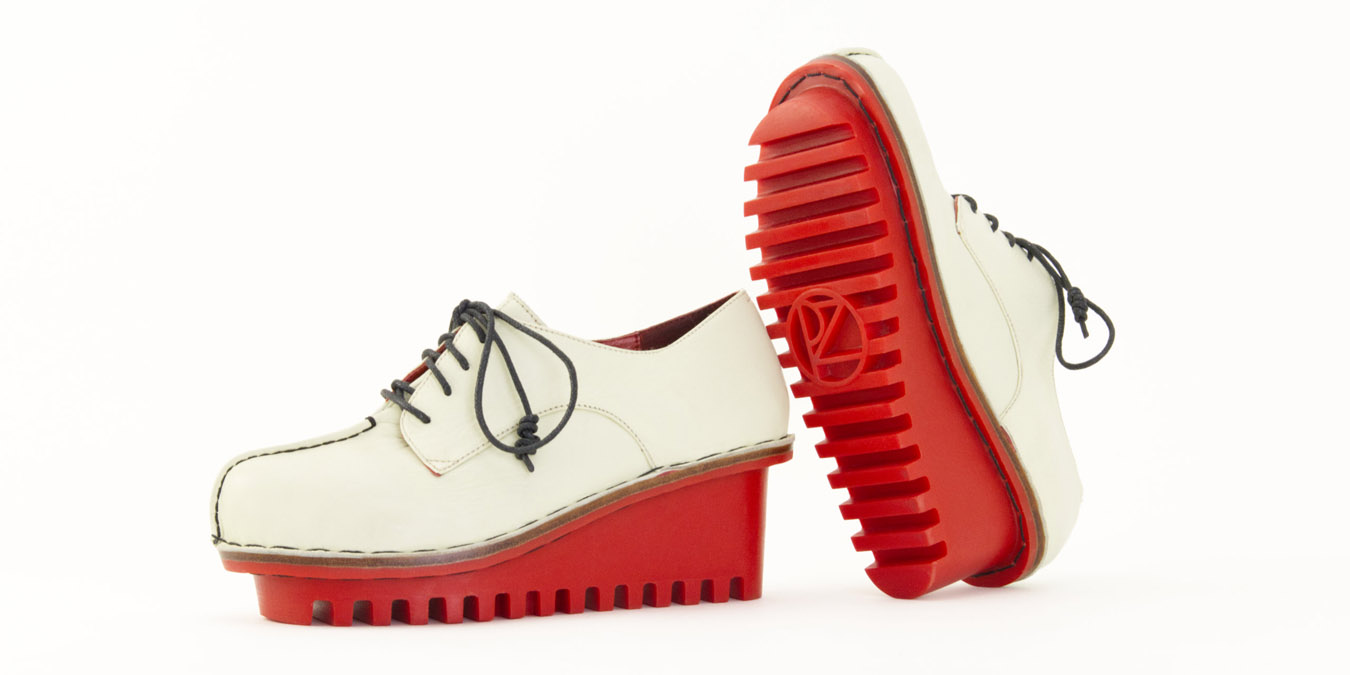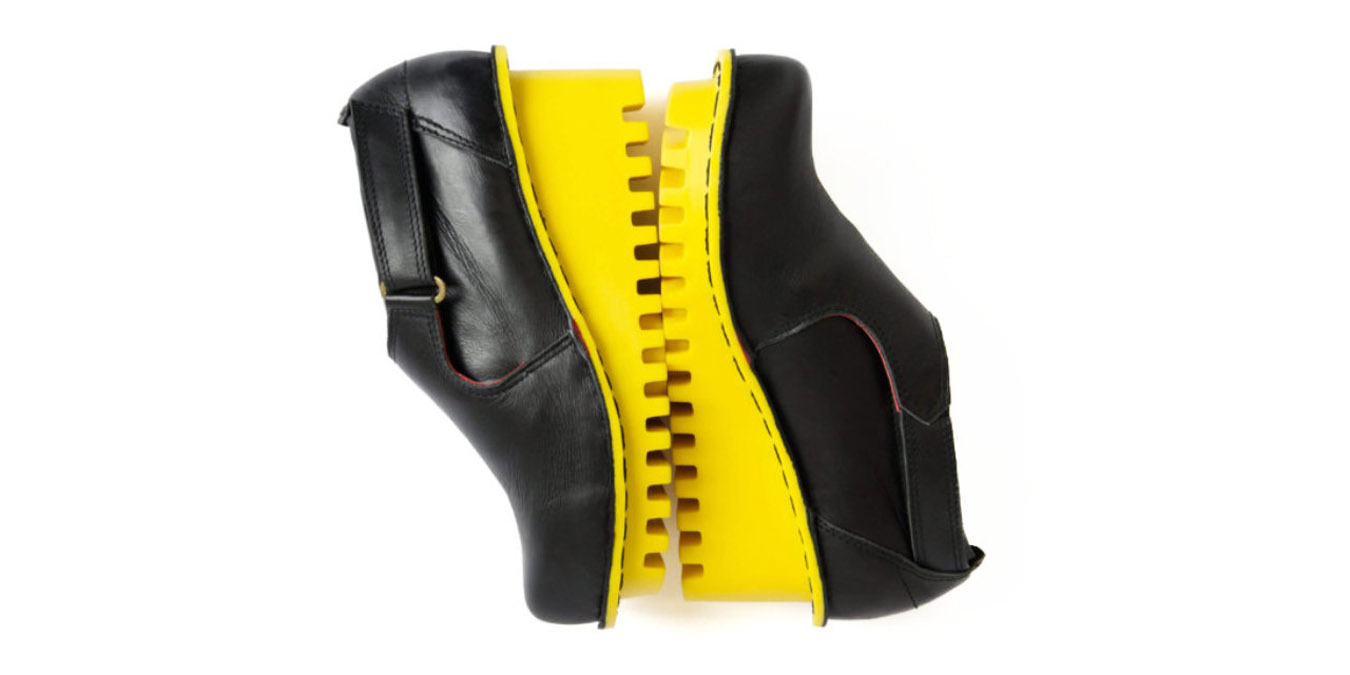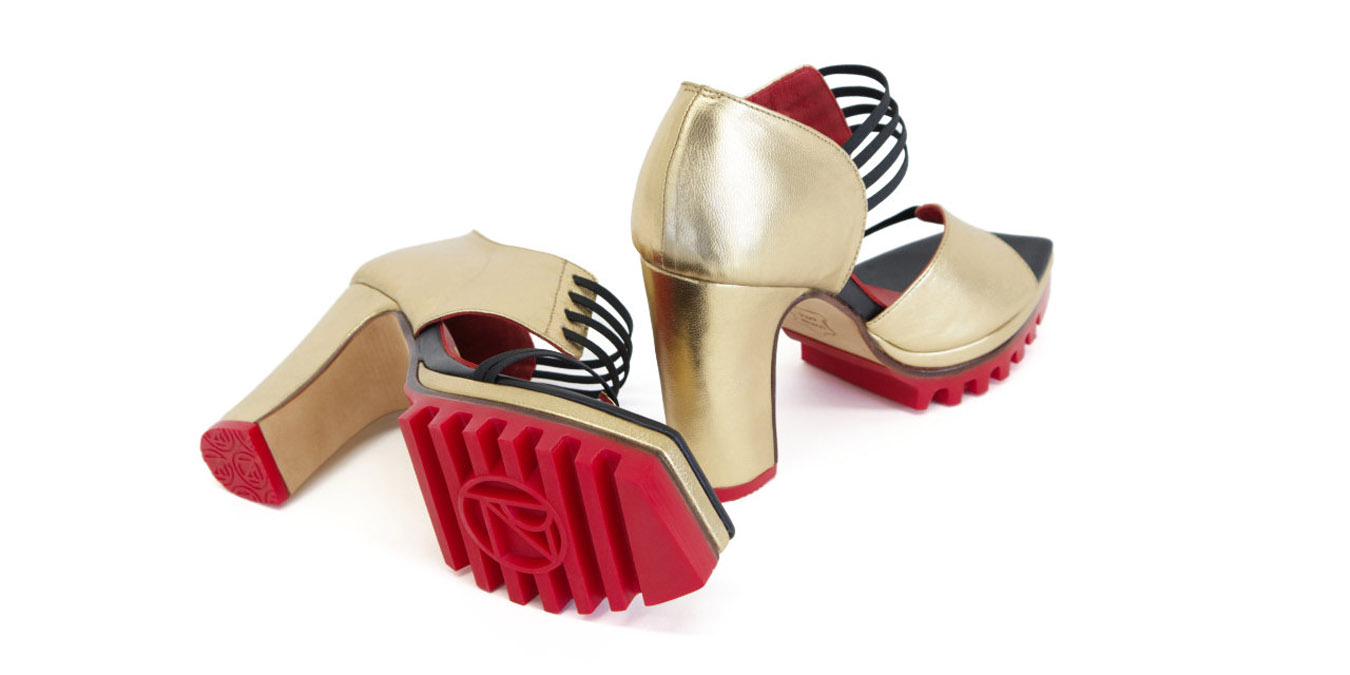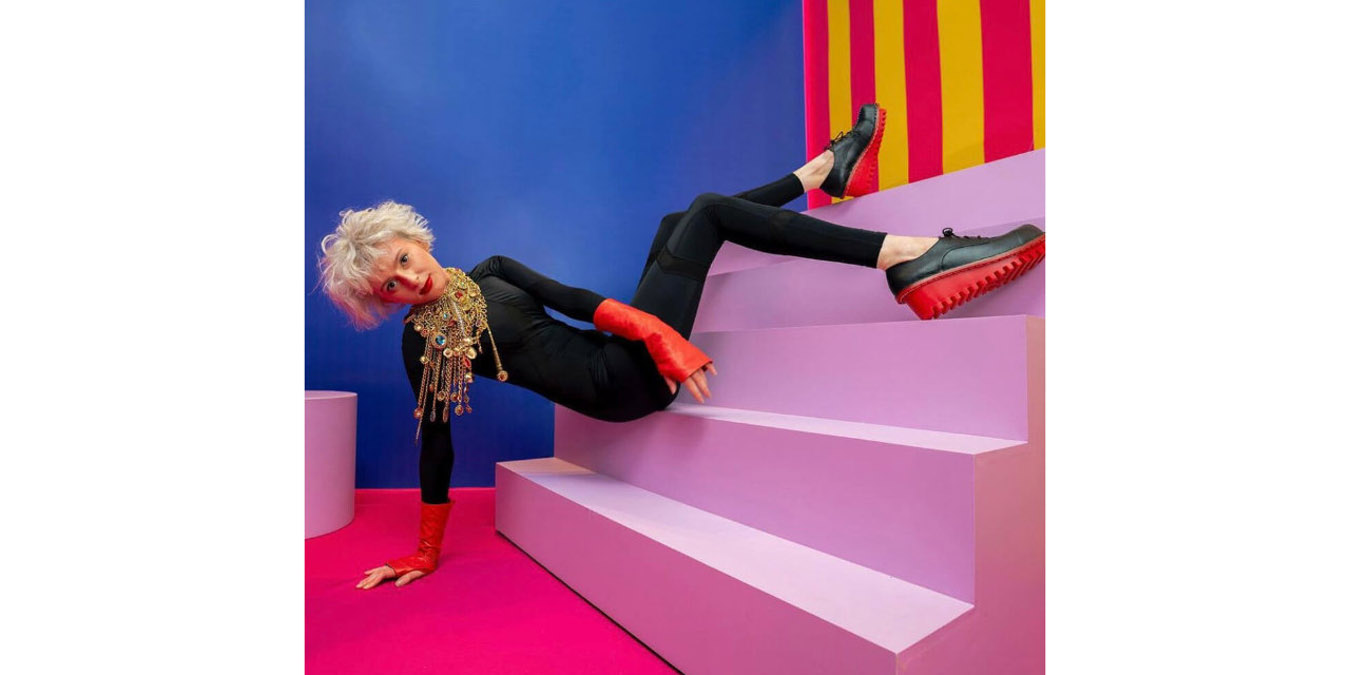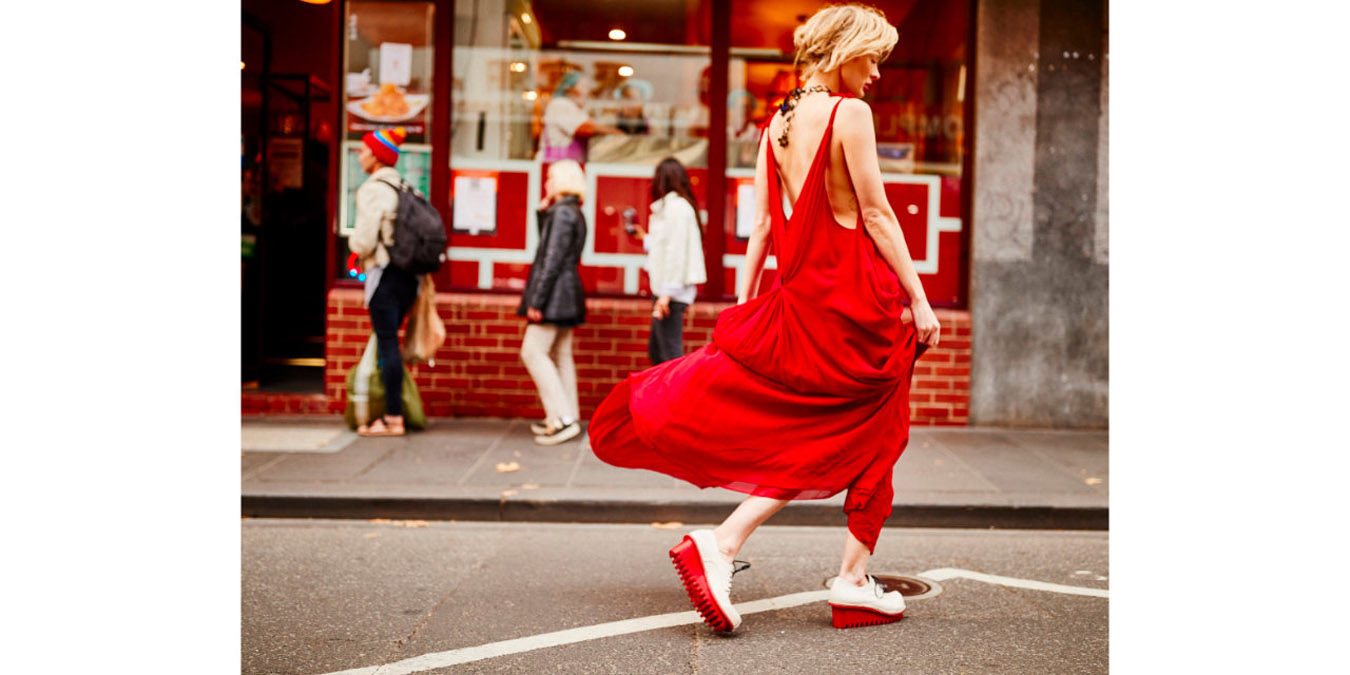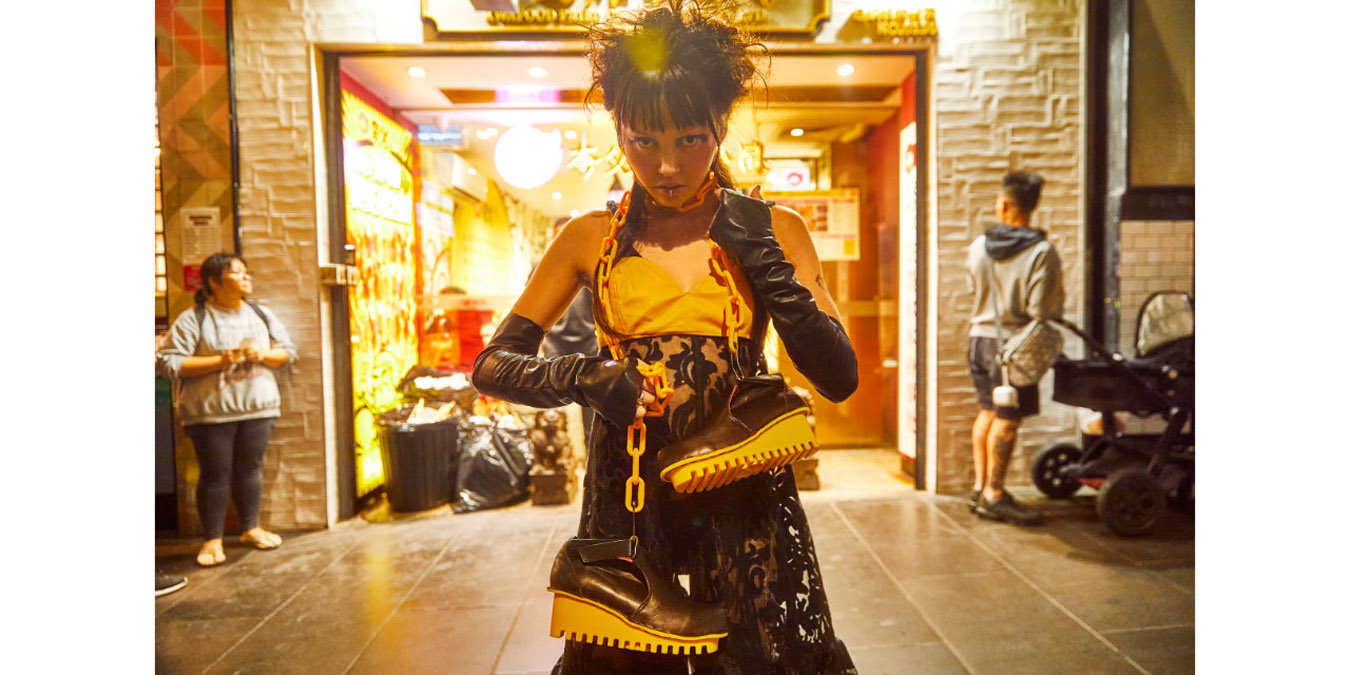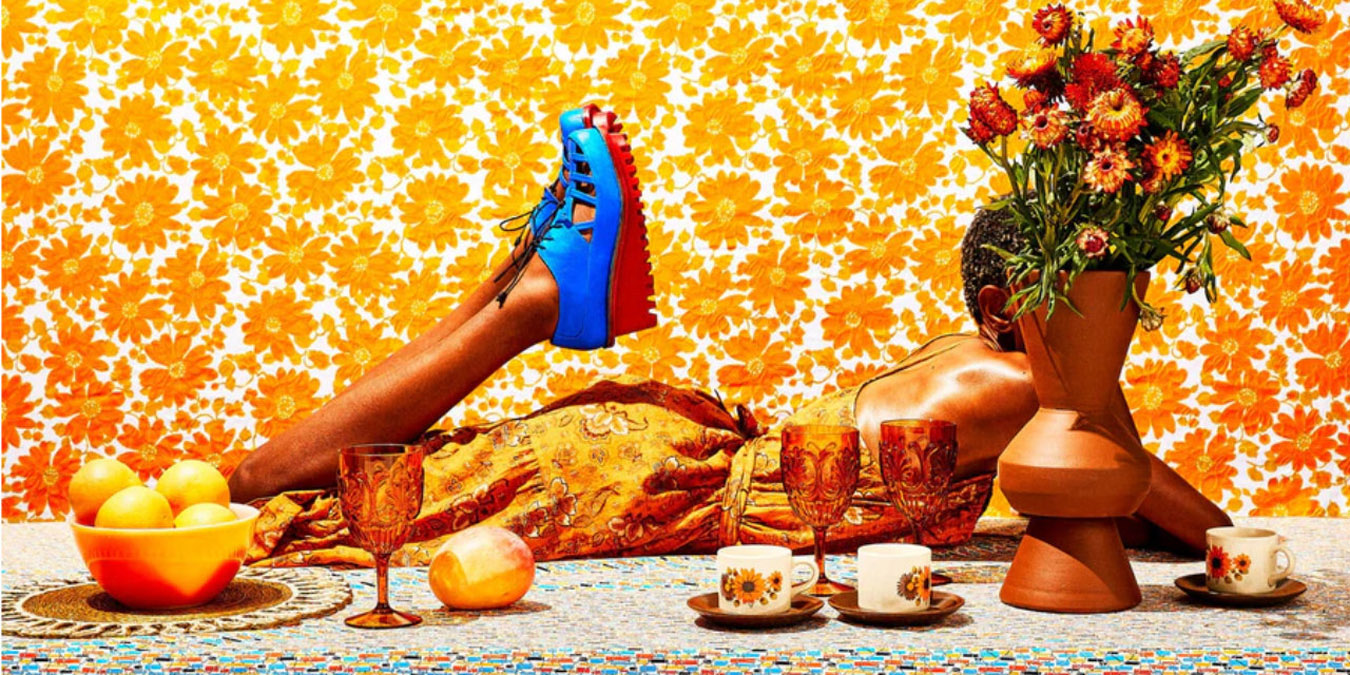The design process began with the realisation that there was an aspect missing in our footwear offering—an exciting tread/wedge component that could be utilised for numerous designs and offered in different colours, all produced in-house. This led to the initial phase of sketching various designs and conceptualising them visually on the computer. After several iterations, the final design was chosen.
Following this, we created the initial component through 3D rendering and tested the initial 3D sample for fit and overall compatibility with existing lasts. Various moulding options were tested for strength and colour fastness. We then created 3D printed moulds for the actual manufacturing of components, experimenting with different liquid rubbers to achieve the optimal weight, durability, and functionality. This functionality was crucial not only for small-scale production but also for the wearability and comfort of the end user.
With the final component ready, we designed the first shoe style to incorporate this new tread/wedge. The shoe underwent rigorous testing and iteration to meet quality and performance standards, which included testing glues for the strength of the join between the component and upper, and engineering the component to be lighter.
Once satisfied with the results, we moved on to marketing and sales of this new shoe style, which quickly gained positive feedback from end users.
Designs using this new technology have now become some of our best-selling styles and favourites among our design-savvy customers. This componentry forms the backbone of our design process, proving to be far superior to anything existing on the market in terms of durability and sustainability.
The successful implementation of this project not only met but exceeded our design goals by addressing a gap in our product line and introducing a highly durable, customisable, and innovative solution that has significantly enhanced our offerings.

